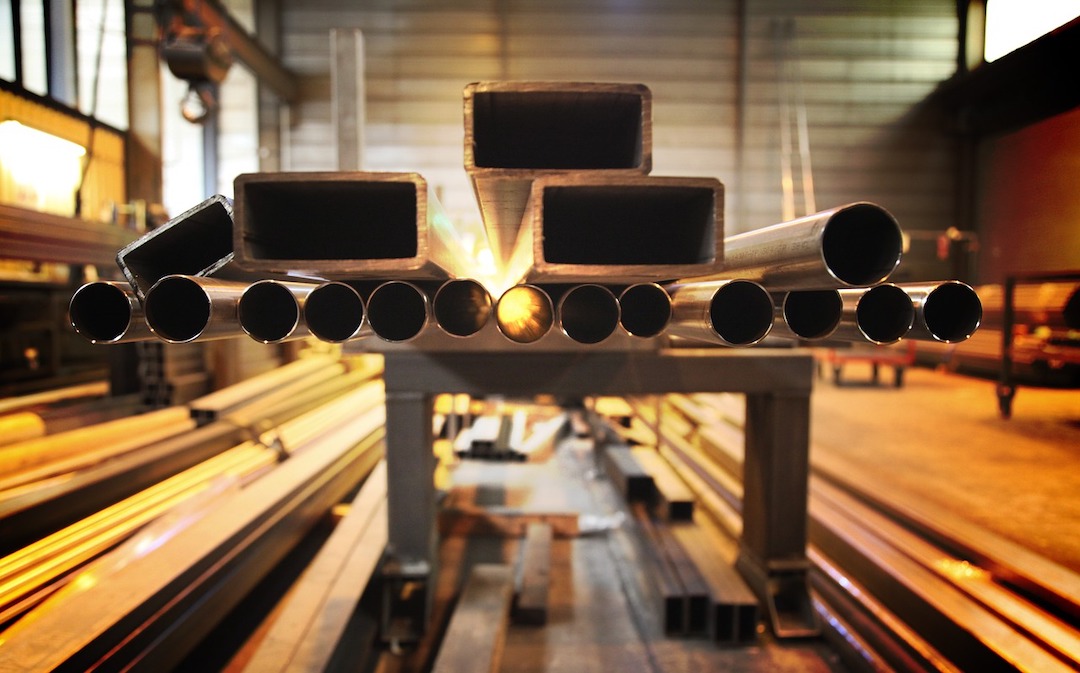The American Institute of Steel Construction (AISC) recently issued a draft of AISC 341, a standard that provides guidance on designing earthquake-resistant steel buildings and it is available for public comments.
The draft standard incorporates new design limits for steel columns based on research conducted by the National Institute of Standards and Technology (NIST) and the University of California San Diego. Using a shake table, researchers identified deficiencies in the performance of a certain type of column, with many test assemblies buckling prematurely.
Based on the findings, the researchers devised new limits for the cross-sectional slenderness of steel columns. “A lot of current design provisions are based on scaled-down column tests or a very small number of full-scale tests,” said NIST structural engineer John Harris in a news release. “But the full-scale testing we conducted has allowed us to begin filling in the knowledge gap regarding the performance of these kinds of columns under extreme loading conditions.”
The draft includes new slenderness limits on columns, with structural steel webs—sized according to the new limit—that could meet drift and stability requirements at the same time. The more stringent limits on steel column webs could soften the blow of earthquakes, potentially saving newly designed buildings from unnecessary damage or partial collapse.
Related Stories
Contractors | Jun 30, 2016
Chicago contractor found guilty of fraud on city’s requirement on minority-owned businesses
Alleged to have been sham business in bid to win city public works contract.
Codes and Standards | Jun 29, 2016
OSHA starts evaluation of construction industry noise standards
New studies indicate significant number of construction workers suffer hearing loss.
Seismic Design | Jun 28, 2016
ASTM International updates seismic risk standards
Expected to improve consistency of risk evaluation on commercial real estate transactions.
Codes and Standards | Jun 17, 2016
Feds publish framework for evaluating public-private partnerships
No single factor determines whether a project yields stronger benefit as a P3.
AEC Tech | Jun 17, 2016
Driverless cars could soon start impacting commercial, retail project design
Offsite parking and more space for valet parking lines are among the foreseeable changes.
Codes and Standards | Jun 17, 2016
Bay State moves toward single BIM protocol on state projects
Massport’s guidelines a step forward for integrated BIM initiative.
Multifamily Housing | Jun 14, 2016
San Francisco voters approve tougher affordability requirement on new housing development
Critics charge that the measure may backfire and actually reduce new affordable units.
Concrete | Jun 13, 2016
American Concrete Institute releases new Guide to Shotcrete
Includes information on application procedures, testing.
Healthcare Facilities | Jun 10, 2016
Top 10 health technology hazards include some influenced by space design
ECRI Institute’s annual list includes operational and workflow issues.
Codes and Standards | Jun 9, 2016
Supreme Court ruling could aid developers on properties containing wetlands
Unanimous decision allows landowners to take regulatory decisions straight to court.
















